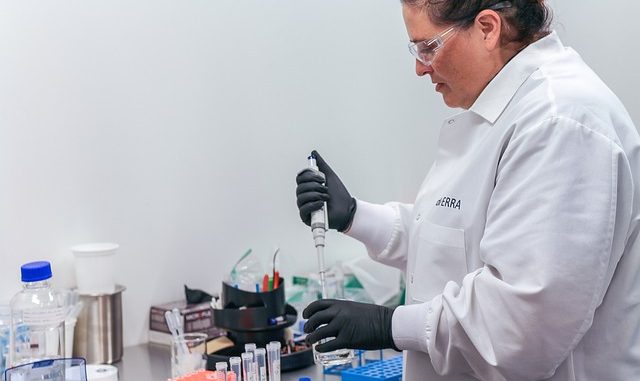
Metabolomics is a now a long established method of examination of analytical chemistry. The discipline, for that is now what it truly is, can be found in pharmaceutical and medical research, in agriculture and nutrition.
It’s also lent itself to a particular study called ‘foodomics’ which is coyly described as food metabolomics. It’s study relies on a variety of statistical and multi-variant technologies for both information mining and for interpreting the data.
What Is Metabolomics?
The technique of metabolomics is the identification and quantification of the complete set of metabolites in a biological system.
Metabolites are small molecules that are produced by all living organisms – animals, plants and of course humans. These metabolites are a range of compounds and include amino acids, lipids, sugars, phosphates, nitrogen-containing compounds, polyols, and other chemicals. Most importantly though, it excludes the proteins and peptides.
Why Study It?
The objective is to obtain important insights into physiologically normal and disease states. What is obtained from a metabolomic study is a profile of an organism’s total metabolite creation or metabolome as it might be called.
If we make quantitative measurements of the dynamic metabolite response of a living organism, it helps us understand in depth and at any time the various underlying biochemical pathways. We can build up an understanding then of the health of the organism.
We can also see the impact of genetic modification and how different physiological stimuli influence that genome. We might also study other elements that affect an organism such as what happens when it is fed for example.
There are many different formats within the study of metabolomics. The most wide ranging is untargeted. This measures many compounds including their ratios but is least accurate. The next level is metabolic profiling which looks at a set of related compounds. The most accurate is a targeted analysis which measures and quantifies specific compounds.
Analytical Technologies
Metabolomics needs high-throughput assaying coupled to analytical techniques and molecule identification.
The sort of techniques we are thinking of are primarily chromatography. These are classic separation techniques which are the bedrock of the analytical platform in this field. They include gas chromatography, capillary electrophoresis, high performance liquid chromatography (HPLC) and ultra-performance liquid chromatography (UPLC).
Chromatography is often coupled to mass spectrometry to help with molecule identification. One will often see technique quoted such as capillary electrophoresis–mass spectrometry (CE‐MS), gas chromatography–mass spectrometry (GC‐MS) and liquid chromatography–mass spectrometry (LC‐MS). Nuclear magnetic resonance (NMR), Fourier transform infrared (FTIR) and Raman spectroscopy are the other identification techniques of choice too.
All the techniques we are discussing generate large amounts of data. That means sophisticated statistical methods are needed for data analysis and interpretation. It needs large computerised libraries of mass spectra which help us identify and compare metabolites in the system.
The technologies have been comprehensively examined by Adebo et al., (2017), Adamski (2020).
Food Applications In Metabolomics
Metabolomics can be exploited in the food industry for examining the way a food changes with processing, whether it is poorly treated, labelled incorrectly or adulterated.
Another area of interest is the application to changes in a food’s flavour or sensory profile and its nutritional profile. That’s especially useful when exploring the way food affects the human metabolome and how dietary intervention can alter a person’s nutritional status.
References
, , , & (2017a). Food metabolomics (Foodomics), a new frontier in food analysis and its potential in understanding fermented foods. In: Functional Food ‐ Improve Health through Adequate Food. (edited by M.C. Hueda) Pp. 211–234. Croatia: InTech.
, , et al. (2020). Current practice in untargeted human milk metabolomics. Metabolites, 10, 43 (Article).
Leave a Reply